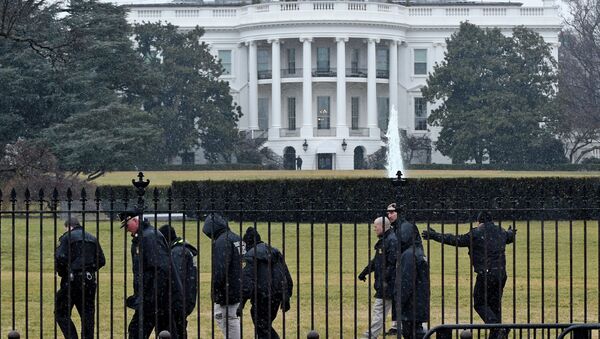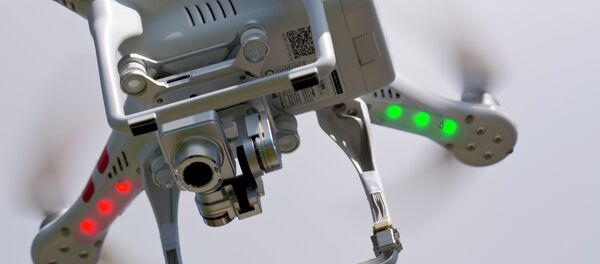Monday morning’s drunk droning security breech, which officials quickly determined posed no real threat, temporarily put the White House on lockdown, and prompted the president to put a state visit to India on pause a field questions about D.C. drone security.
![We don’t yet have the legal structures and the architecture both globally and within individual countries to manage [drones] the way that we need to,” President Barack Obama told CNN. We don’t yet have the legal structures and the architecture both globally and within individual countries to manage [drones] the way that we need to,” President Barack Obama told CNN. - Sputnik International](https://cdn1.img.sputnikglobe.com/img/101359/10/1013591068_0:0:3533:2490_600x0_80_0_0_5a85128aa3cd0e6b72eff0d2f6c9f659.jpg)
According to a press release from manufacturer SZ DJI Technology, there will be a mandatory firmware update available next week which will render all the “Phantom 2,” “Phantom 2 Vision,” “Phantom 2 Vision+” models unable to fly within designated no-fly zones (which includes all of Washington D.C. and its environs).
The downloadable update will "help users comply with the FAA’s Notice to Airmen (NOTAM) 0/8326, which restricts unmanned flight around the Washington, D.C. metropolitan area," the company wrote in a press release Thursday morning. The restricted zone extends for a more than 15-mile radius around the District in all directions, and “phantom pilots in this area will not be able to take off from or fly into this airspace." The new firmware will be installed on all new units sold, and owners of the DJI models will be barred from any future software updates without it.

"The restriction is part of a planned extension of DJI’s No Fly Zone system that prohibits flight near airports and other locations where flight is restricted by local authorities. These extended no fly zones will include over 10,000 airports registered with the International Air Transport Association (IATA) and will expand no fly zones to ensure they cover the runways at major international airports," the announcement continues.
Using GPS, the company can track exactly where their drones are and establish which zones are off limits. In addition to airports, no drone zones include airspace near U.S. military bases and over national parks.
Michael Perry, a spokesman for DJI, told the Guardian that GPS has allowed them to ban use of their product near airports for almost a year.
“The compass can tell when it is near a no-fly zone,” Perry said. “If, for some reason, a pilot is able to fly into a restricted zone and then the GPS senses it’s in a no-fly zone, the system will automatically land itself.”
The Federal Aviation Administration has technically banned nearly all private drone flights, though as hobbyists in the capital have shown, rules and regulations concerning privacy and public safety are struggling to keep pace with the boom in commercial drone sales. Congress and private companies have been urging the FAA to create and enforce stricter regulations that will include the smaller, commercially available crafts.
“The FAA is taking a deliberate, measured approach to integrating UAS [unmanned aircraft systems] technology into the country’s airspace. Our challenge is to integrate unmanned aircraft into the same airspace used by commercial aviation, general aviation and other new users, including commercial space vehicles,” an FAA spokesman told the Guardian in a statement.
“We don’t yet have the legal structures and the architecture both globally and within individual countries to manage [drones] the way that we need to,” President Barack Obama told CNN.
The employee who caused this most recent drone debacle has since apologized. He will “likely” face “disciplinary action” at work, a source told CNN.



